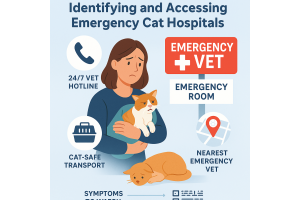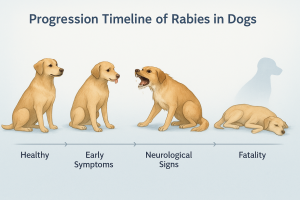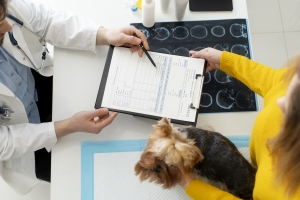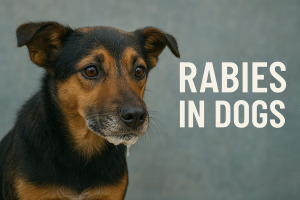The Importance of Timely Rabies Vaccination for Dogs
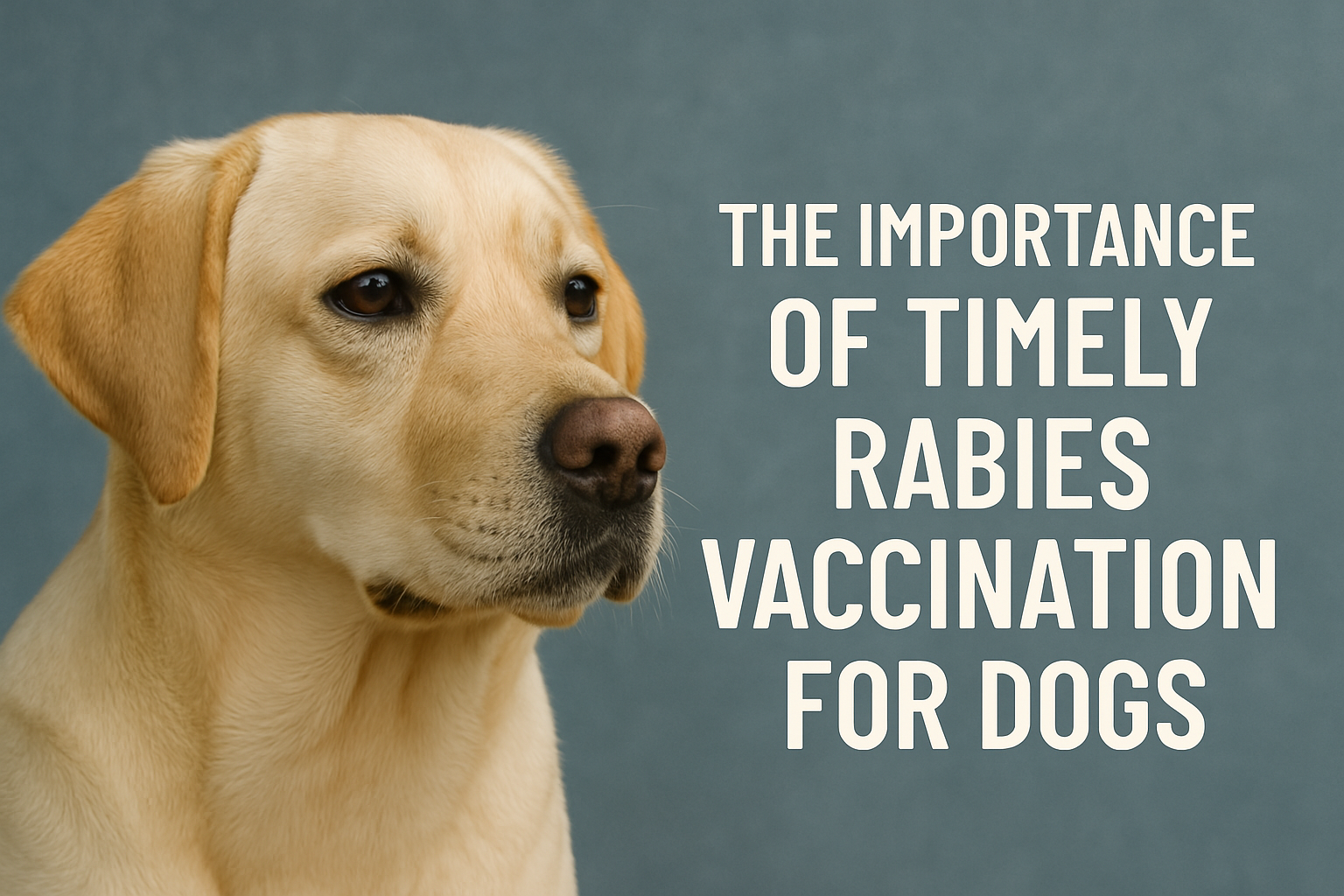
Rabies is a preventable viral disease, but once symptoms appear, it is almost universally fatal. Timely vaccination is the key to protecting your dog from this deadly disease, and ensuring that your pet is up to date on their rabies shots is a vital aspect of responsible pet care.
1. What is Rabies?
Rabies is a viral infection that primarily affects the brain and nervous system of mammals, including dogs. The disease is typically transmitted through the saliva of an infected animal via bites. Once the virus enters the body, it travels through the nervous system and eventually reaches the brain, causing severe neurological symptoms.
- Transmission: Rabies is most commonly spread by bites from infected animals such as bats, raccoons, skunks, and stray dogs. The virus can also be transmitted through scratches or contact with infected saliva or brain tissue.
- Symptoms: Rabies causes a variety of symptoms, including aggression, foaming at the mouth, paralysis, difficulty swallowing, and eventually death.
2. The Role of Rabies Vaccination
Vaccination is the best way to prevent rabies in dogs. A rabies vaccine works by stimulating the dog’s immune system to produce antibodies that fight off the virus. Rabies vaccines are highly effective at preventing the disease and are required by law in many areas.
- First Vaccination: Puppies are typically vaccinated for rabies at around 12-16 weeks of age. The first dose is critical for building immunity against the virus.
- Booster Shots: After the initial vaccination, dogs will need booster shots to maintain immunity. The frequency of boosters varies by country, with annual or 3-year boosters being common.
3. The Consequences of Not Vaccinating
The consequences of not vaccinating your dog against rabies can be severe:
- Risk of Death: Without vaccination, your dog is at risk of contracting rabies if they are bitten by an infected animal. Once symptoms appear, rabies is almost always fatal.
- Legal Consequences: In many areas, rabies vaccinations are required by law. Failure to vaccinate your pet may result in fines or legal repercussions, especially if your pet bites someone and rabies exposure is a concern.
- Public Health Risk: Rabies is a zoonotic disease, meaning it can be transmitted to humans. Vaccinating your dog helps protect not only your pet but also your family and community from potential rabies exposure.
4. Ensuring Timely Vaccination
To ensure that your dog remains protected against rabies:
- Schedule Regular Vet Visits: Keep track of your pet’s vaccination schedule and ensure they receive their rabies vaccine on time.
- Check Local Laws: Be aware of local laws and requirements regarding rabies vaccinations. In some areas, failure to comply with vaccination requirements can result in severe penalties.
- Keep Vaccination Records: Keep a record of your dog’s rabies vaccination status, as proof of vaccination may be required by law, especially when traveling or boarding your pet.
5. What to Do if You Suspect Rabies Exposure
If you suspect that your dog has been exposed to rabies—such as if they’ve been bitten by an animal showing signs of the disease—immediate action is required:
- Contact Your Veterinarian: Seek veterinary care immediately to assess the risk and begin post-exposure prophylaxis (PEP) if necessary. PEP involves a series of rabies vaccinations that can prevent the onset of symptoms if administered promptly.
- Quarantine: In some cases, if your dog has not been vaccinated for rabies, they may need to be quarantined and observed for symptoms to determine if they have contracted the virus.
Rabies vaccination is a simple, effective way to protect your dog from one of the deadliest diseases known to humans and animals. Ensuring that your pet is up to date on their vaccinations is an essential part of responsible pet guardianship.

